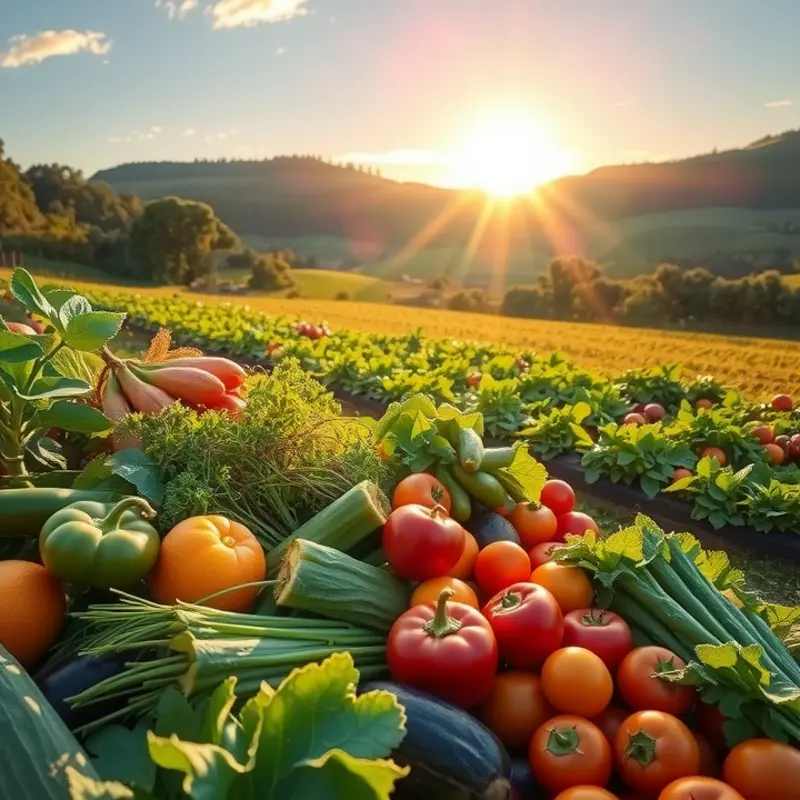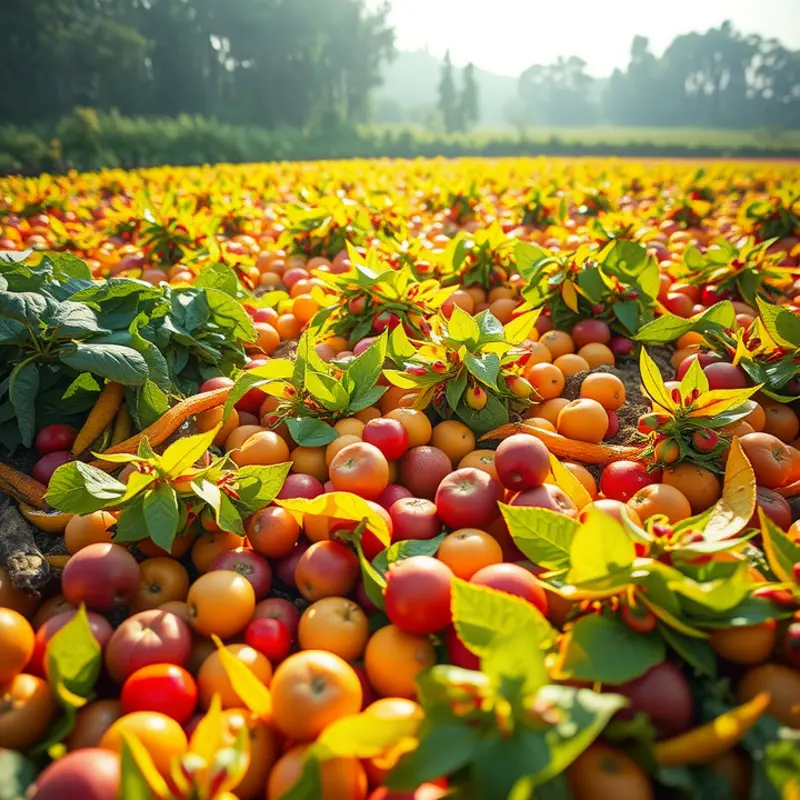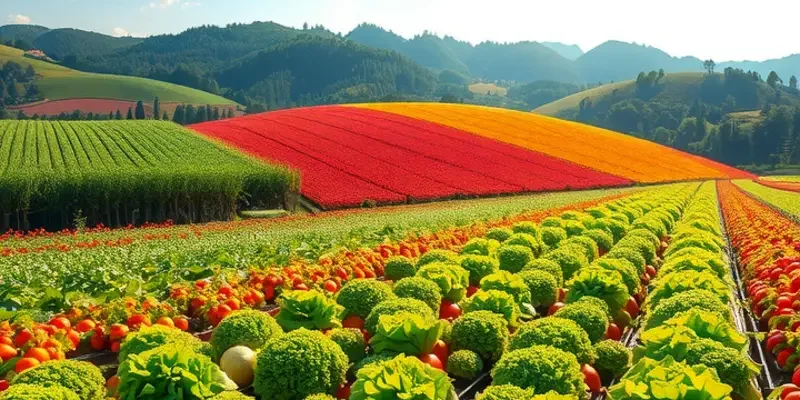Delve into the vibrant culinary practices of indigenous tribes, where food embodies culture and history. Discover the unique ingredients, cooking techniques, and traditions that have evolved over centuries, steeped in a profound respect for the land and community. From the Amazon rainforest to the Arctic tundra, each tribe contributes to the global tapestry of cuisine, offering food enthusiasts a chance to explore and appreciate these diverse culinary heritages.
Sustainable Harvest: Indigenous Ingredients and Their Significance

Indigenous communities worldwide have fostered a profound connection to the land, evident in their culinary practices. This deep relationship emphasizes using local, sustainable ingredients in ways that maintain ecological balance. Let’s explore some remarkable ingredients deeply embedded within these cultures, beginning with quinoa from the Andes.
Quinoa, the ‘mother grain’ of the Andean people, holds both cultural and nutritional importance. This pseudo-cereal is rich in protein and essential amino acids, making it a staple food source. Traditionally cultivated on terraced mountain slopes, quinoa epitomizes sustainable agriculture. Its resilient nature allows it to thrive in harsh climates, supporting food security while preserving soil health. Quinoa’s prominence in ancient Andean diets tells a story of adaptability and respect for natural resources.
Moving northwards, wild rice grows in the rich waters of North America. Indigenous tribes such as the Ojibwe and Dakota have relied on wild rice both as a nourishing food and a cultural symbol. Unlike conventional rice, wild rice is an aquatic grass. Its cultivation demands respect for environmental cycles, as it depends on clean waters and healthy wetlands. Rich in fiber, protein, and antioxidants, wild rice not only supports nutritional needs but also contributes to sustainable harvesting practices reflecting a harmonious relationship with aquatic ecosystems. This ingredient underscores a commitment to caring for the water bodies that sustain it.
In California, indigenous tribes have historically gathered acorns, another staple resource. Acorns, sourced primarily from oak trees, highlight a vital aspect of sustainable food sourcing. Harvested adeptly to ensure tree health, acorns are transformed through labor-intensive processes into flour, porridge, or soup. Rich in carbohydrates and fat, acorns provide energy-dense nourishment that is both sustainable and ecologically considerate. This practice of using every part of the environment respectfully illustrates a deep understanding of and commitment to ecological stewardship.
The importance of acorns extends beyond nutrition; they symbolize a cultural legacy of resourcefulness and resilience. This relationship between food and culture is integral to indigenous communities. It highlights their role as stewards of the land, where every harvest tells a story of respect, balance, and sustenance.
The practices of indigenous people offer insights into sustainable food systems that nurture both body and planet. By sourcing ingredients thoughtfully and respecting natural cycles, they have created cuisines that are both environmentally and culturally sustained. This approach invites us to consider how we source our food at various stages, from planting to harvesting, and how these actions reflect broader principles of environmental ethics. For further insights into sustainable practices, explore how ethical seed sourcing supports these initiatives here.
These indigenous ingredients and practices not only provide nutritional sustenance but also continue to inspire a sustainable, respectful interaction with the environment. As modern societies seek to address concerns of food security and sustainability, the wisdom of these age-old traditions offers valuable lessons.
Culinary Ceremonies: Food as a Cultural Expression

The heart of indigenous culinary traditions lies deep in their cultural ceremonies, where food serves as both sustenance and symbol. These gatherings are more than mere feasts; they manifest the relationship between people, land, and history. In such ceremonies, every dish is an embodiment of ancestral stories and spiritual beliefs.
Harvest festivals among Indigenous peoples often hold profound significance. In North America, tribes like the Iroquois conduct the “Green Corn Festival,” a vibrant celebration marking the ripening of the corn, a staple crop. This ceremony serves dual purposes: express gratitude for nature’s bounty and reinforce community solidarity. Similarly, the Maori of New Zealand honor Matariki with feasts that feature traditional dishes, symbolizing the start of the new planting season. These events are infused with rituals that speak to the cyclical nature of life and the enduring connection to the earth.
Sacred meals are intricate expressions of reverence and remembrance among indigenous communities. The Yoruba people of Nigeria prepare ritual offerings called “adimu” for ancestors during events like the Egungun festival. These dishes, often crafted with specific ingredients like grains or yams, are intentionally chosen to communicate with the spiritual realm, bridging the living with the departed. In the Andes, the Quechua honor their ancestors through Pachamanca, a traditional earth oven cooking technique. This method involves marinating meats in local herbs and slow-cooking them underground, evoking the nourishment provided by Mother Earth herself and ensuring communal participation.
The culinary techniques and communal cooking traditions of indigenous peoples highlight their intrinsic cultural value. The earth oven method, or “umu,” used in Polynesia exemplifies sustainable cooking practices that honor natural elements. This communal cooking style requires cooperation, as each member of the group takes part in gathering, preparing, and sharing the feast. Similarly, Native American tribes employ the “clambake” in coastal regions, where seafood and crops are cooked together, reinforcing a sense of unity and gratitude.
These communal culinary acts also serve educational purposes, transmitting important knowledge across generations. Elders share not only recipes but also the stories attached, such as those reflecting the roles of specific plants in indigenous cosmology or the historical context of certain feasts. In addition to their cultural and educational significance, these traditions support sustainable eating practices, often featuring locally sourced ingredients and methods that honor the environment (discover more sustainable practices).
Thus, the culinary ceremonies of indigenous tribes reveal a tapestry of meaning and connection. Each dish prepared during these events is a narrative component, integrating spirituality, history, and identity into the cultural fabric of communities. Food goes beyond physical nourishment; it becomes an essential medium for expressing values and beliefs, reinforcing the communal bonds that sustain and empower indigenous peoples.
Final words
The culinary arts of indigenous tribes offer a rich tapestry of flavors, stories, and traditions that speak to their deep connection with the land and community. Each meal is a celebration, a ritual passed down through generations, embodying cultural identity and a respect for nature. By embracing these diverse culinary practices, food enthusiasts can enrich their palates and learn invaluable lessons about sustainability, heritage, and the importance of preserving these traditions for future generations. Let this journey inspire you to explore and appreciate the profound depth of global cuisines and the stories behind them.








